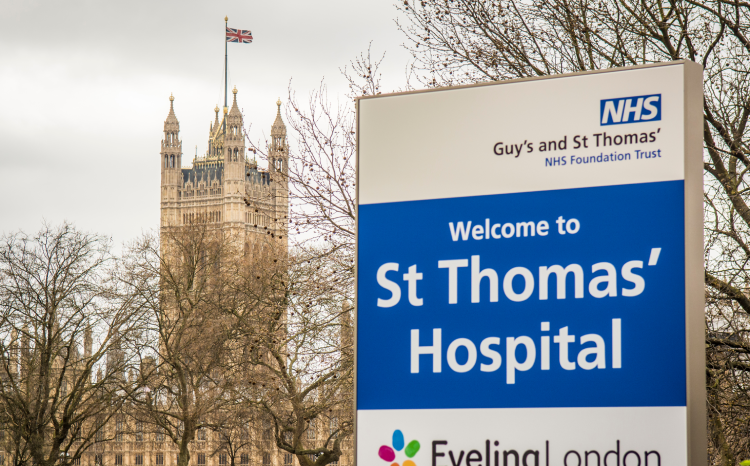Spine2 cuts response times
- 8 September 2015

The Health and Social Care Information Centre has marked the first anniversary of Spine 2 by releasing figures showing that it has dramatically improved response times for users.
Spine 2 went live over the August bank holiday weekend in 2014. It replaced the original NHS data spine, which had been in place for a decade and which was created to give trusts access to national systems, such as the Personal Demographics Service.
Spine 2 was developed by a HSCIC team and BJSS using open source elements, including the Riak open source database from US company Basho.
The HSCIC said it cost £21 million less to run in its first year than its predecessor, and has cut response times by almost 90%.
Asked for specific examples, the HSCIC told Digital Health News that since the transition to Spine 2, the average response time for checking demographic details for a patient has reduced by 94.2%, from 0.359 seconds to 0.022 seconds.
At the same time, the average response time for accessing the Summary care Record has fallen by 89.6% to 0.228 seconds.
Although the differences sound small, they add up. The HSCIC says the PDS is accessed around 10 million times per day, and the overall reduction in system response time equates to a saving of 750 hours across the NHS every day.
HSCIC director of operations and assurance services Rob Shaw said: “The savings are clear, but there is still work to be done. We have deliberately designed the system to be flexible and adaptable to the needs of individual care organisations.
“Our aim is for more to be achieved before the Spine celebrates another birthday and, indeed, beyond.”
Spine 2 is used by more than 20,000 organisations, including hospitals, GP surgeries, ambulance trusts and pharmacies. The transition from the original data spine to Spine 2 involved the transfer of more than 40 terabytes of data.
The change-over was handled with just five minutes of downtime. However, Spine 2 has yet to go-live with some of the new services anticipated by users.
The first, and so far only, new information to be added to the spine is data about the surcharge status of immigrants from outside the European Economic Area.




